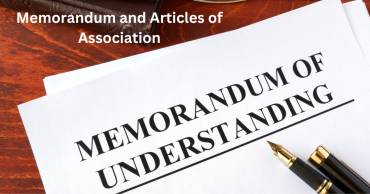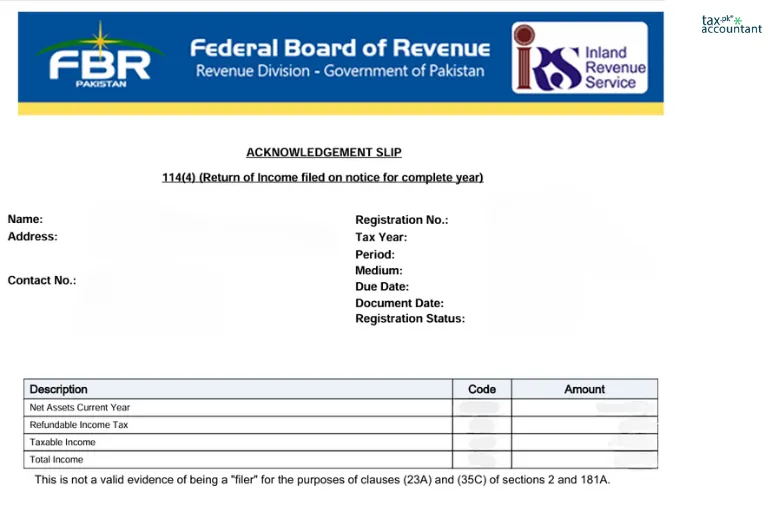Key Differences Between the Memorandum of Association and Articles of Association
When forming a company, two essential documents are required: the Memorandum of Association (MoA) and the Articles of Association (AoA). While both documents are crucial for the establishment and operation of a company, they serve different purposes and contain distinct information. Understanding the key differences between these two documents is vital for anyone involved in corporate governance.
Definition and Purpose
Memorandum of Association
The Memorandum of Association is a legal document that outlines the fundamental aspects of a company. It serves as a charter that defines the company’s relationship with the outside world. The MoA contains essential details about the company, including its name, objectives, registered office, and capital structure. Its primary purpose is to establish the existence of the company and define its scope of activities.
Articles of Association
In contrast, the Articles of Association are a set of rules that govern the internal management of a company. They outline how the company operates on a day-to-day basis, detailing the roles and responsibilities of directors, shareholders, and other stakeholders. The AoA provides procedures for meetings, decision-making processes, and share transfers, essentially acting as the company’s internal constitution.
Key Components
The components included in each document highlight their differing focuses:
Memorandum of Association Components
- Company Name: The official name under which the company operates.
- Registered Office Location: The official address where legal documents can be served.
- Objectives: A statement outlining the main activities or purposes for which the company is established.
- Liability Clause: Specifies whether members’ liability is limited by shares or by guarantee.
- Capital Clause: Details regarding share capital and its division into shares.
Articles of Association Components
- Directors’ Powers: Outlines how directors are appointed, their powers, and responsibilities.
- Shareholder Rights: Specifies rights related to dividends, voting, and share transfers.
- Meetings Procedure: Details on how meetings are conducted, including notice periods and quorum requirements.
- Decision-Making Processes: Rules governing how decisions are made within the company.
- Company Administration and Management: Guidelines for managing day-to-day operations.
Legal Status and Alteration
Memorandum of Association
The MoA is a foundational document that cannot be easily altered once registered. Changes to the memorandum require special resolutions and regulatory approvals because it fundamentally defines what the company can do.
Articles of Association
The AoA is more flexible. It can be amended through ordinary resolutions passed by shareholders. This allows companies to adapt their internal governance as needed without extensive regulatory hurdles.
Public Access and Disclosure
Both documents are public records once filed with regulatory authorities (like Companies House in the UK), but they differ in terms of their accessibility:
- The Memorandum of Association is typically more accessible as it contains essential information about the company’s existence and scope.
- The Articles of Association, while also public, may not be as frequently referenced by external parties since they pertain more to internal governance.
Summary Table of Differences
| Aspect |
Memorandum of Association |
Articles of Association |
| Purpose |
Establishes existence and objectives |
Governs internal management |
| Key Components |
Company name, objectives, liability clause |
Directors’ powers, shareholder rights |
| Alteration Process |
Requires special resolution |
Can be amended through ordinary resolutions |
| Public Access |
Public document accessible to anyone |
Public but less frequently accessed |
In summary, while both the Memorandum of Association and Articles of Association are essential for establishing a company’s legal framework, they serve distinct purposes. The MoA outlines a company’s fundamental structure and external relations, whereas the AoA governs its internal operations. Understanding these differences is crucial for anyone involved in corporate governance or business formation. Properly drafting and maintaining these documents ensures compliance with legal requirements and facilitates smooth business operations.















7 thoughts on “Understanding Memorandum and Articles of Association”
I am really delighted to glance at this website posts which contains lots of valuable data, thanks
for providing these kinds of information.
Excellent blog here! Additionally your website quite a bit up very fast!
What host are you the use of? Can I get your associate link to your
host? I wish my site loaded up as quickly as yours lol